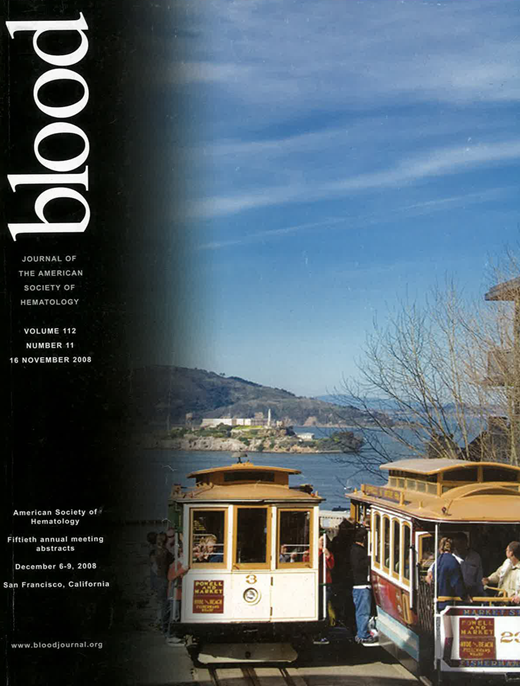Abstract
Y-Box protein 1 (YB-1) belongs to the evolutionarily highly conserved family of cold-shock domain proteins. YB-1 binds to DNA as well as RNA and fulfils pleiotropic cellular functions, including transcriptional and translational regulation of proteins involved in cellular growth, survival and stress response. YB-1 over-expression can be detected in a variety of human cancers and, if located in the nucleus, YB-1 over-expression correlates with drug-resistance and an unfavorable clinical outcome. In transgenic mice, mammary gland specific over expression of human YB 1 provokes breast cancer with a 100 % penetrance. YB-1 knockout experiments in mice showed that a homozygous deletion is lethal and a heterozygous YB 1 deletion is accompanied with an increased sensitivity to cisplatin and mitomycin C. Immunohistochemical analysis of 41 human multiple myeloma (MM) samples showed that YB-1 is strongly expressed in a highly proliferative subset of primary MM cells which are characterized by Ki67 staining and an immature morphology. The cellular localization of YB-1 may determine if YB-1 has an oncogenic or anti-oncogenic function. Nuclear YB-1 regulates transcription of genes involved in cell proliferation and differentiation. Cytoplasmic YB-1 is involved in packaging mRNAs into translational inactive messenger ribonucleoprotein particles (mRNPs) and attaching them to microtubules. Akt mediated phosphorylation of YB-1 at S102 disables the binding of YB-1 to mRNAs and leads to the translocation of YB-1 into the nucleus. The nuclear localization is accompanied with an aggressive phenotype and increased apoptosis resistance, representing the oncogenic function of YB-1. In contrast the non-phosphorylatable YB-1 mutant (S102A) remains in the cytoplasm bound to the cap structure of mRNAs and mediates the anti-oncogenic function. To characterize the significance of the strong YB-1 expression in MM we generated YB-1 mutants with an additional C-terminal HaloTag®. We labeled the tag with a fluorescent ligand to monitor the subcellular localization of the YB-1 mutants in living MM cell lines using confocal microscopy. Here we show that the phosphomimetic (S102E) YB-1 mutant is located preferentially in the nucleus, whereas the non-phosphorylatable (S102A) mutant is cytoplasmic in MM cell lines. These mutants were analyzed for the functional significance of the phosphorylation on S102 in MM cell lines. Cells over-expressing the phosphomimetic YB-1 (S102E) are more viable and resistant to doxorubicin treatment compared to YB-1 wild-type and S102A transfected cells. These results suggest that phosphorylation and nuclear localization of YB-1 are essential for tumor cell survival and drug resistance in MM. The phenotypic change seen after translocation of YB-1 to the nucleus can be mediated either by the translation of previously inhibited mRNAs, by nuclear YB-1 initiated gene transcription, or by a mixture of both. Here we present the data comparing mRNAs bound to the different YB-1 mutants and the corresponding gene expression profiles in different MM cell lines.
Disclosures: No relevant conflicts of interest to declare.
Author notes
Corresponding author

